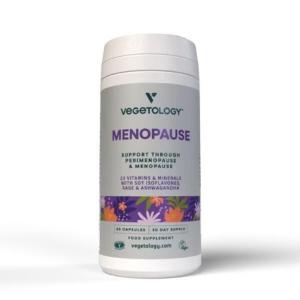Retinyl Acetate
Other names: Retinyl acetate, retinol acetate, vitamin A acetate, (2E,4E,6E,8E)-3,7-Dimethyl-9-(2,6,6-trimethylcyclohex-1-en-1-yl)nona-2,4,6,8-tetraen-1-yl acetate
Harm score: 2 (Derivatives of natural substances)
Retinyl acetate is one of the many forms of vitamin A often found in cosmetic and skin care products. It is an ester between retinol and acetic acid and is also known by the names retinyl acetate, retinol acetate, vitamin A acetate,-(2E,4E,6E,8E)-3,7-Dimethyl-9-(2,6,6-trimethylcyclohex-1-en-1-yl)nona-2,4,6,8-tetraen-1-yl acetate. It belongs to the group of retinoids, which are derivatives of vitamin A. Vitamin A is known for its regenerative and protective effects on the skin. In the body, retinyl acetate is used for cell regeneration and renewal, which is why it is so popular in the cosmetic industry.
Currently, retinyl acetate is used in a number of products. Most often it becomes an ingredient in skin care products such as creams, serums, or masks. Thanks to its regenerative properties, it can effectively fight skin aging, so it often appears as an ingredient in anti-ageing products. Retinyl acetate is also often used in various types of makeup, including lipsticks, powders, and makeup foundations. Its presence ensures that these products not only improve the appearance of the skin, but also protect it and promote its natural regeneration. Another important area of application for retinyl acetate is hair care, where it contributes to the renewal and strengthening of hair fibres.
Retinyl Acetate can be found in the following products
